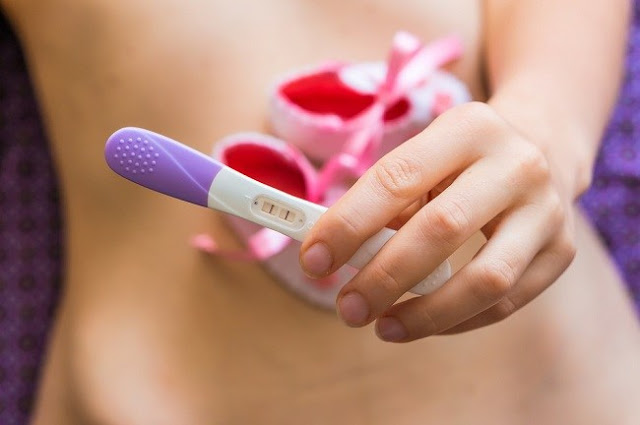Hydrotubation, One Solution For Having a Baby
Hydrotubation is a technique in medicine where medicine or liquid is injected into the fallopian tubes (fallopian tubes) and uterus through the cervix. The goal is to widen and / or treat disorders of the oviduct.
In hydrotubation, blue fluid is inserted through the cervix, also called the cervix. Using a telescope, the doctor will check and see whether the fluid has managed to flow in the uterine cavity (uterus) and fallopian tubes until it finally exits into the abdominal cavity without a hitch. And if needed, the doctor will make a small incision 1/2 inch long above the pubic hair line. This incision is intended to insert a small instrument to examine the ovaries and fallopian tubes thoroughly.
Hydrotubation is done to treat infertility in women, especially if it is caused by problems with the fallopian tubes or unexplained infertility. According to one study of 257 women aged between 21-44 years who performed hydrotubation, a total of 109 successful pregnancies. Of the 109, 84.4% of babies were born at around 9 months of age, 9.2% of babies born prematurely, 4.6% of babies miscarried, and 1.8% were pregnant with grapes.
Hydrotubation Side Effects
Just like other treatments, hydrotubation also has side effects. Although complications may occur infrequently, it is a good idea to consider before deciding to carry out this procedure:- Urine infection, can be reduced by drinking plenty of fluids for 24 hours after the procedure.
- Infection at the entry point of the camera.
- Injury to blood vessels, intestines, or bladder.
- Pain under the rib cage, around the shoulder, or neck for up to 72 hours after the procedure is performed.
- Problems with ovulation, require treatment such as taking the drug Clomiphene (to stimulate the ovary to release eggs) or Metformin (to treat polycystic ovary syndrome).
- Infertility without reason, where the cause of the pregnancy is unknown even though the doctor. For this reason, infertility treatment includes taking Clomiphene medicine, injecting hormones, or insemination (injecting sperm into the uterus when the uterus is ovulating).
- The oviduct is blocked or damaged, treatment can include surgery on the canal.
- Infertility due to mild to moderate endometriosis can be treated with laparoscopic surgery to eliminate endometrial tissue growth. Laparoscopy can also be done to treat infertility due to diseases of the pelvis and fallopian tubes, scarring, or ovarian cysts.
- In vitro fertilization (IVF), where the fertilized egg (embryo) outside the body is inserted into the uterus. Usually in this procedure, more than one embryo is inserted. This makes the chance of one of the embryos developing into a baby or having more than one child increases.
- ICSI (intracytoplasmic sperm injection), fertilization outside the body where sperm is injected directly into the egg and then inserted into the uterus.



Comments
Post a Comment